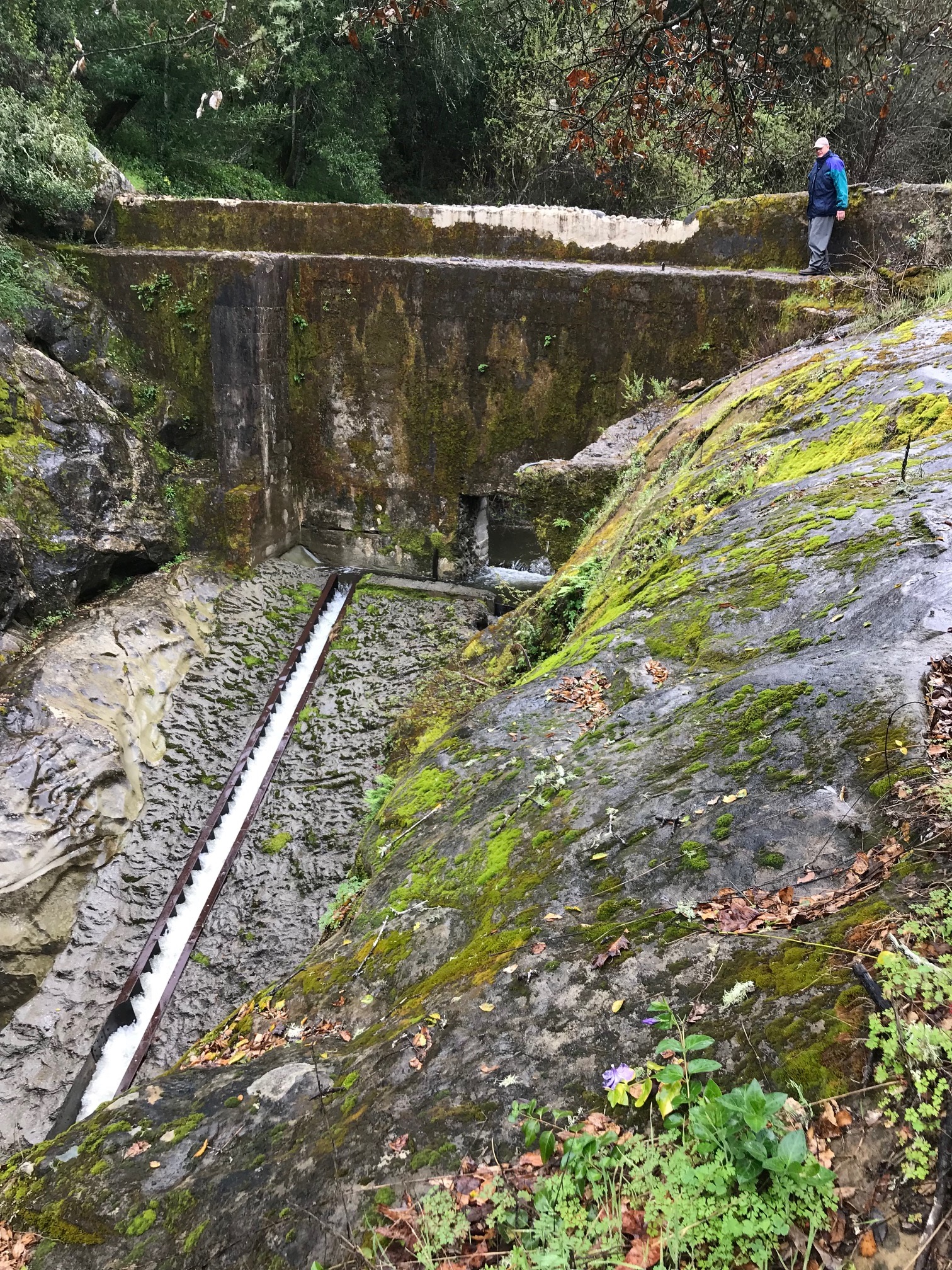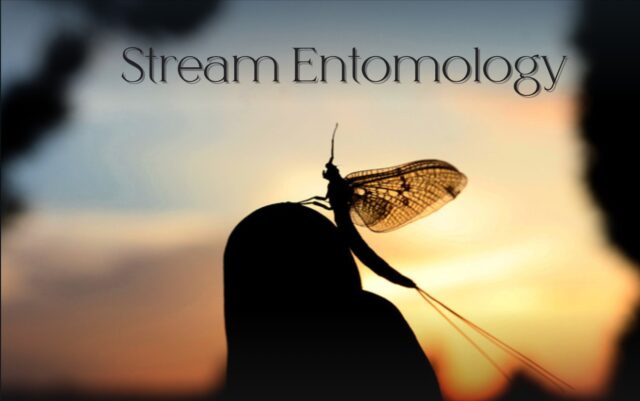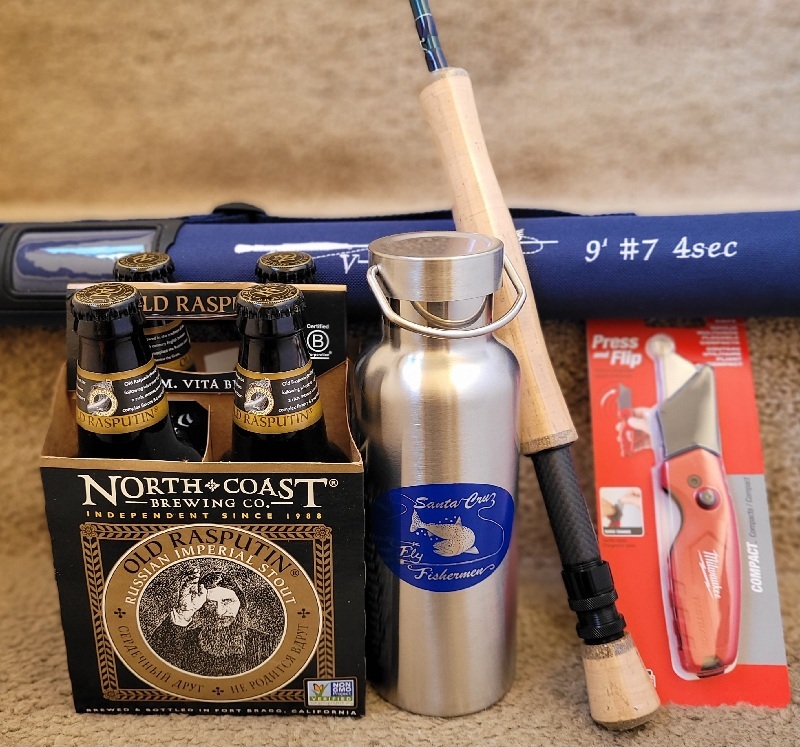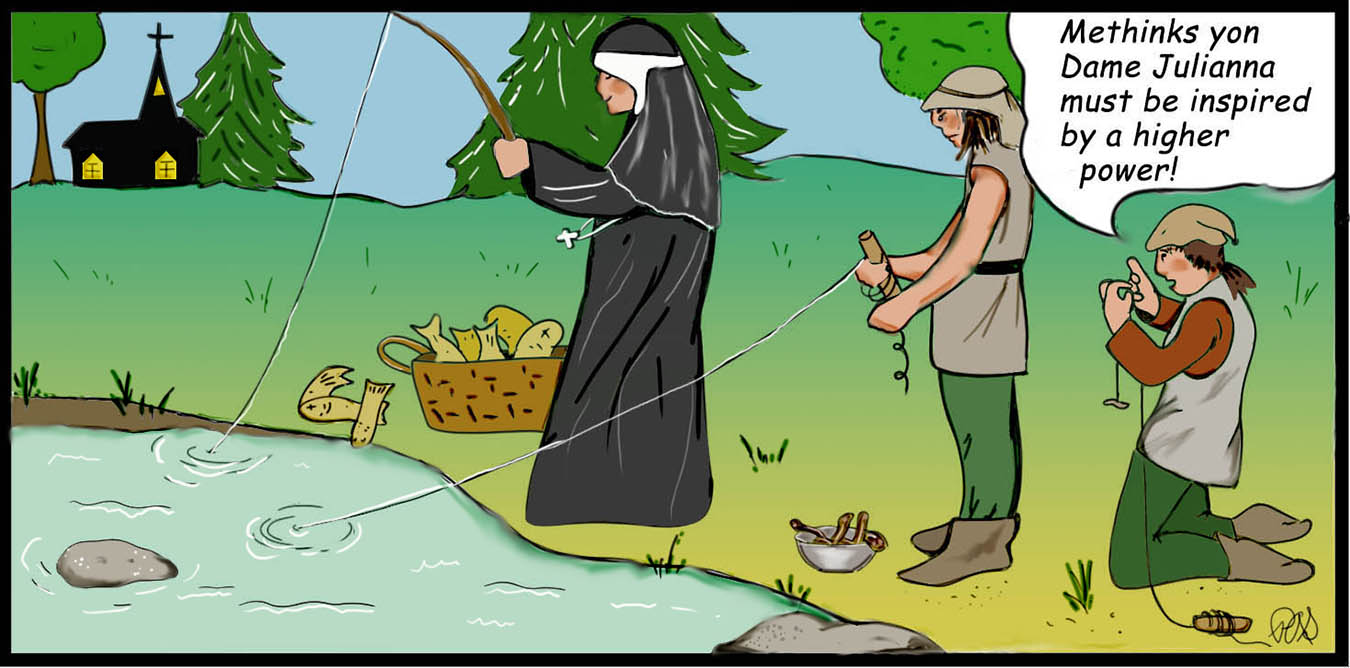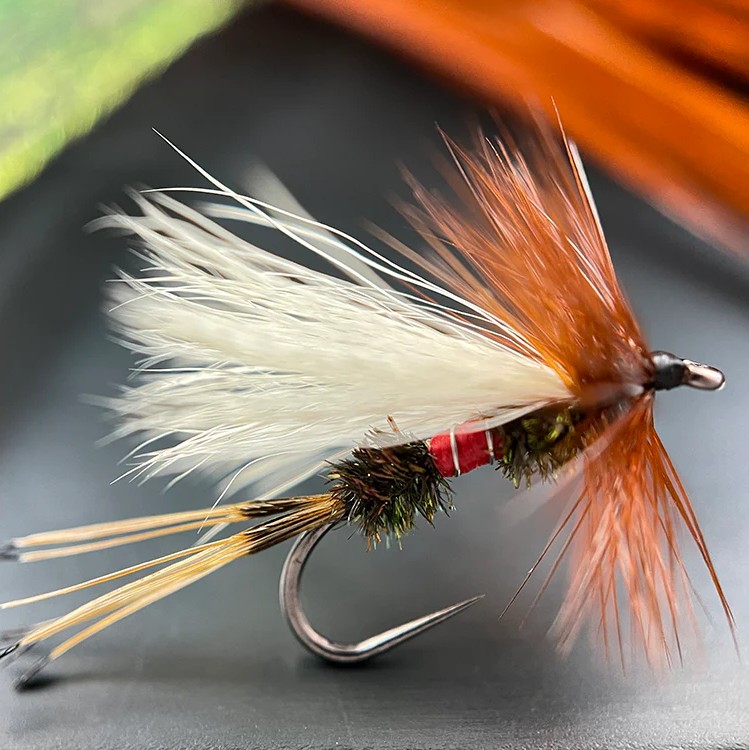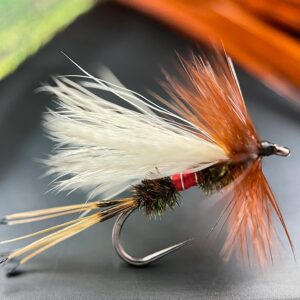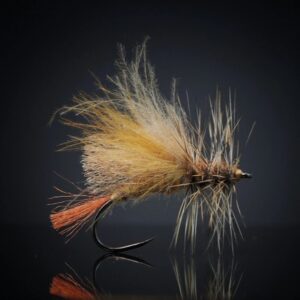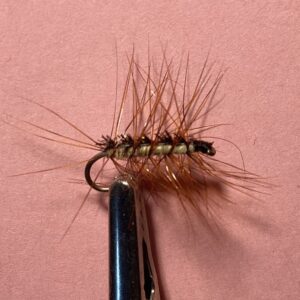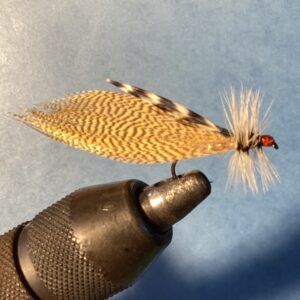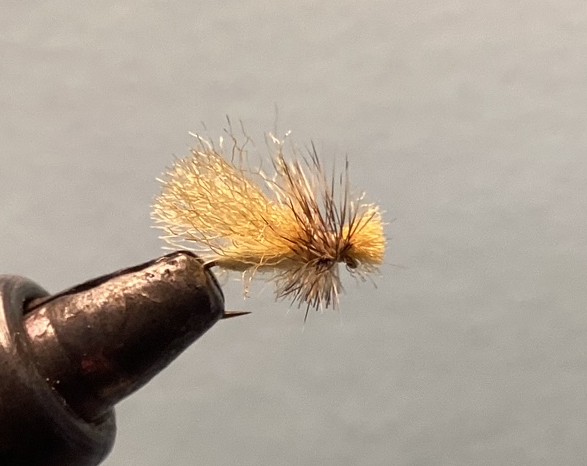2025 SCFFF Scholarship Winners
Each will receive a $600 a scholarship which is the most we have ever given due to the generosity of our members and donations in honor of our good friend, Gil Santos.
Aptos HS: Charlotte Morgan, Univ. of Hawaii Manoa, Environmental Science
Harbor HS: Serena Manildi, Cal Poly SLO, Marine Biology/Science
Pajaro HS: Kimberly Torralba Crecencio, CSUMB, Marine Biology/Science
San Lorenzo HS: Abigail Gabrielson, UCLA, Environmental Engineering
Santa Cruz HS: Catherine Sheehan, Cabrillo College, Marine Biology/Science
Scotts Valley HS: Abigail Howell, Cal Poly SLO, Animal Science/ Evolutionary Biology
Soquel HS: Alyce Javier, CO State Univ. , Wildlife Biology
Watsonville HS: Ronlewis Estrellon, Cabrillo College, Environmental Science
SUN PROTECTION FOR FLY FISHERS
Fly fishers are at particular risk for sun damaged skin (PD/photo-damage) , eye damage and ultraviolet (UVL) induced skin cancer, some of which are life threatening. This is due to our sport requiring prolonged exposure to sunlight and it’s reflection off of water and sand.
UVL damage is cumulative and responsible for 90% of aging, which appears as thin, easily bruised and torn, wrinkled skin. UVL is associated with cataracts and numerous eye disorders. The annual cost of treating UVL induced skin cancer in the U.S. is around 10 Billion dollars. Protection is the key to avoid these adverse effects of sunlight.
The best sun protection is opaque clothing: hats without mesh, sun-gloves, “Buff” bandanas for face and neck, quality sunglasses, recently popular sun “hoodies,” and long sleeved shirts and pants. The density of the thread count is most important….a $10 KMart shirt that you can’t see light through when held up to strong light is equal/better in protection than a $90 one impregnated with sun protective factor (SPF) chemical. Some clothing like a white T-shirt become worthless when soaking wet. Don’t forget umbrellas where practical.
Sunscreen is the next best protection. They are rated in SPF (generally the higher number the better) and they are classified “organic” (meaning chemical) or ‘inorganic’ (meaning physical or mineral components). Of the dozen or more US approved ingredients, organic Avobenzone is considered the the safest and most effective. Oxybenzone the most likely to cause allergic reactions. Of the inorganic ingredients, micronized titanium dioxide & zinc oxide are the most commonly found. In addition, there may be pigments or antioxidants added for additional protection. When using any of these products remember to use them liberally, and re- apply through out the day. The inorganic group tend to be messy/greasy and wash of easily, so they definitely need to be re-applied more often than the chemical types.
Sunscreens have repeatedly been shown to prevent most common skin cancers and about 50% of malignant melanomas. They have recently come under scrutiny and controversy regarding THEORETICAL effect on human hormone production, bleaching of coral reefs, effect on algae in still waters, and presence of “nanoparticles” in the bloodstream. To date there is NO EVIDENCE of harm due to sunscreen in any of these areas.
The supposed “bad ingredients suspected are Benzophenone, Homosalicalate , and Octinoxate. Sunscreens thought to be “safer” are the mineral type…..but these have negative aspects as listed above.
“Safe “brands include: Think Sport, All Good Sport, Thrive Bodyshield, Banana Boat Light as Air, Badge Adventure Mineral, Hello Bello, Purely Simple & Sun Burn.
Thankfully, as fly fishers, if properly clothed, we only need a small dab of sunscreen on ears, nose, lips and possibly hands, so we don’t need to sweat safety issues…..feel free to use something cheap, highly effective and hard to wash off like Coppertone Sport 50 or 75 SPF! The best selection of sunscreen lip balms are found at “ski” shops.
Posted on May 22nd, 2025

